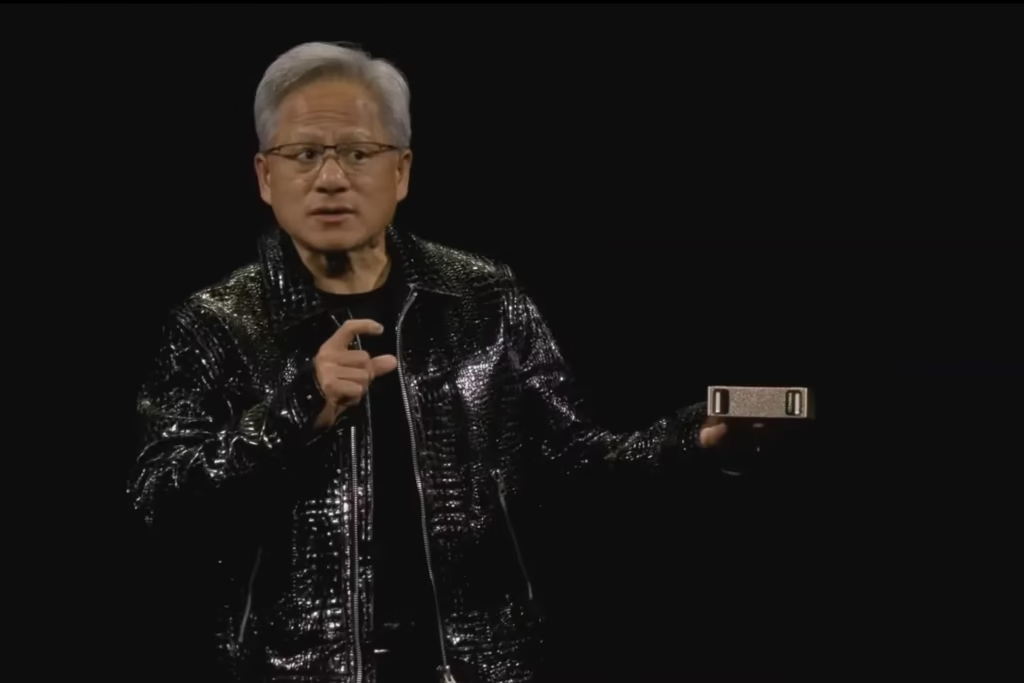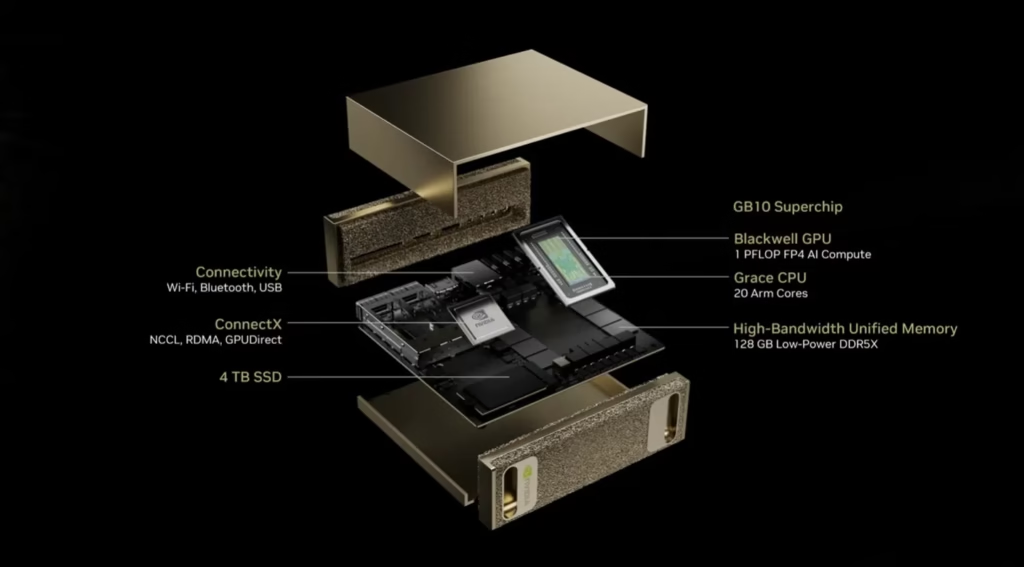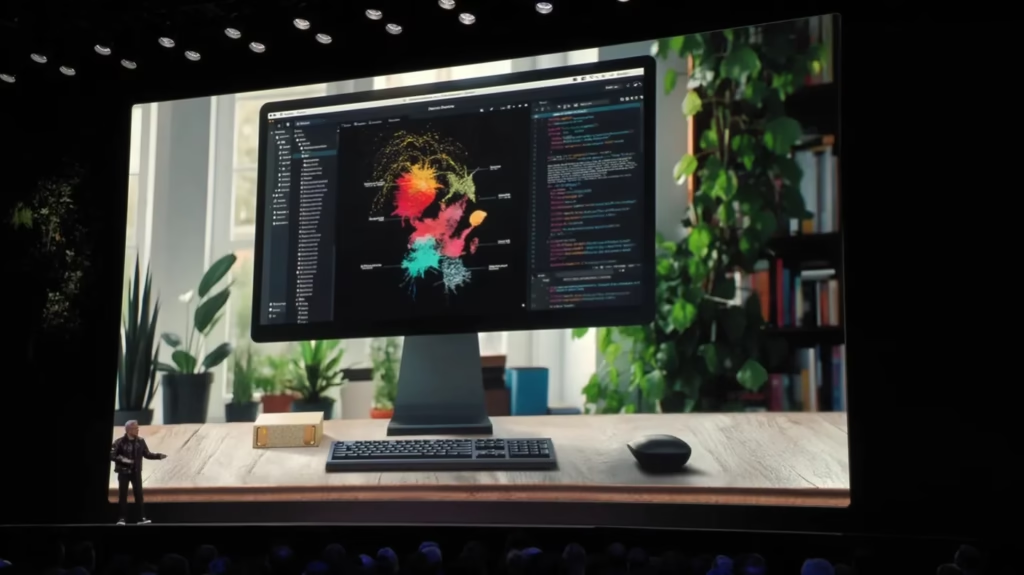In a groundbreaking move at CES, Nvidia unveiled Project Digits, a personal AI supercomputer designed to bring unprecedented computing power to individual developers, researchers, and students. Set to launch in May, this cutting-edge system is powered by the newly developed GB10 Grace Blackwell Superchip, which is compact, energy-efficient, and designed to fit seamlessly into a desktop environment. Starting at $3,000, Project Digits delivers a level of performance that previously required much larger and more resource-intensive setups.

Compact Design, Massive Power
Resembling the sleek form of a Mac Mini, Project Digits is deceptively compact. Despite its size, the system is capable of running advanced AI models with up to 200 billion parameters. For even more demanding applications, two units can be linked to handle models with a staggering 405 billion parameters, rivaling the scale of some of the most advanced AI systems, such as Meta’s Llama 3.1.

Under the hood, the GB10 Superchip offers 1 petaflop of AI performance, allowing it to execute 1 quadrillion AI calculations per second with FP4 precision. This precision type enhances speed by simplifying calculations without sacrificing reliability. The chip integrates Nvidia’s latest CUDA cores and fifth-generation Tensor Cores, paired with a Grace CPU featuring 20 Arm-based cores optimized for power efficiency. The development of this architecture involved a collaboration with MediaTek, ensuring a balance between performance and energy consumption.
Designed for Developers and Innovators
Each Project Digits system comes equipped with 128GB of unified memory and up to 4TB of NVMe storage, dwarfing the capabilities of typical laptops. It runs on the Linux-based Nvidia DGX OS and supports popular development tools and frameworks such as PyTorch, Python, and Jupyter notebooks. Nvidia’s extensive NGC catalog provides access to pre-trained models, orchestration tools, and other resources, while the NeMo framework and RAPIDS libraries streamline model tuning and data science workflows.

What truly sets Project Digits apart is its versatility. Developers can build and test AI models locally on the system and then scale up by deploying them to cloud infrastructures or data centers using the same Grace Blackwell architecture and Nvidia AI Enterprise platform. This seamless transition ensures compatibility and efficiency across development stages.
Democratizing AI for All
Nvidia CEO Jensen Huang envisions Project Digits as a pivotal tool in the AI revolution, stating, “AI will be mainstream in every application for every industry. Placing an AI supercomputer on the desks of every data scientist, AI researcher, and student empowers them to engage and shape the age of AI.”
This move follows Nvidia’s broader strategy to make AI computing more accessible. For instance, in December, the company introduced the Jetson Orin Nano Super, a $249 device targeting startups and hobbyists, capable of handling models with up to 8 billion parameters.
Redefining the Future of AI Development
By combining high performance, accessibility, and a user-friendly design, Project Digits represents a significant leap forward in AI computing. It provides a powerful platform for developers and researchers to experiment, innovate, and push the boundaries of what AI can achieve. As Nvidia continues to democratize advanced AI tools, the future of personal computing and AI development has never looked more promising.
Also Read Latest CES: Lenovo Introduces New Legion Go Handheld Gaming PCs at CES 2025





